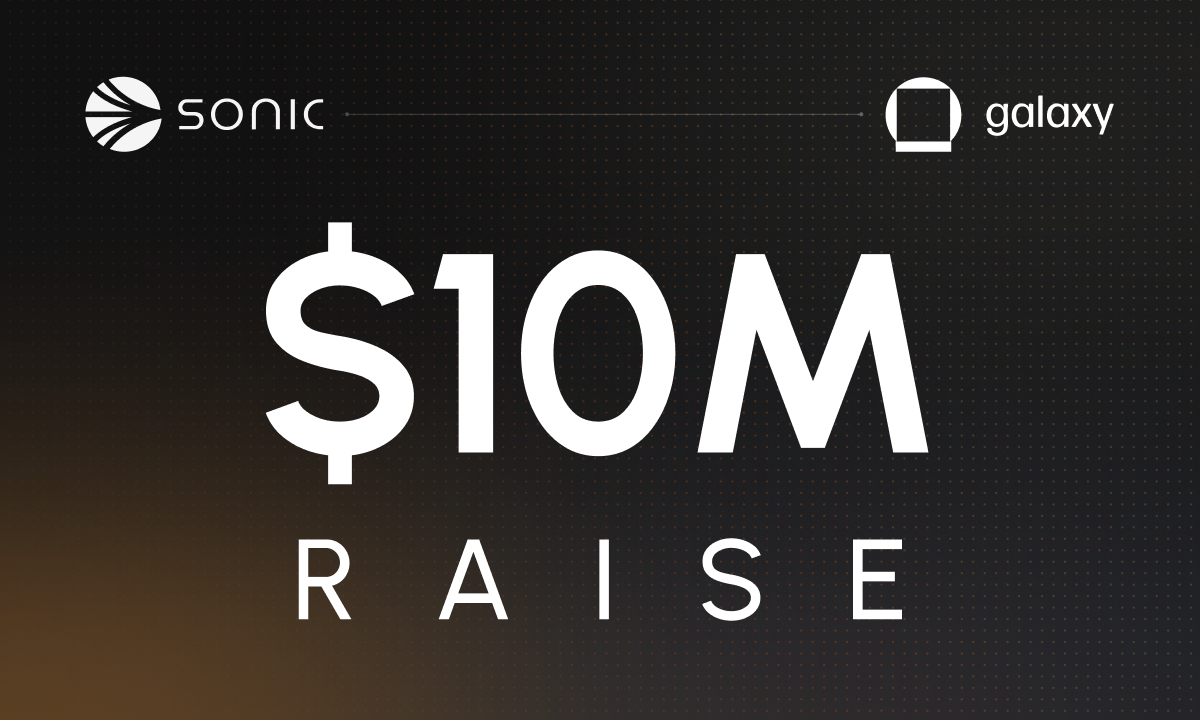It’s difficult to compare countries because they don’t always measure infant mortality in the same way.
Which country is the safest for a baby to be born? Answering this question might seem easy: divide the number of infants who die by the total number of infants born; make a map of these rates and find the lowest number.
But while these comparisons are very helpful in identifying the huge differences across countries, things get a bit more complicated when it comes to the small differences between the countries with the lowest mortality rates. This is because countries measure infant deaths slightly differently, specifically the number of live births that are recorded.
Two main factors can affect which babies are included as live births.
The first is deciding whether a baby has shown “signs of life”. The World Health Organization has clear (and deliberately broad) criteria for this: live births should include any sign of life, even if it is assisted or very brief.1 This can include breathing, a heartbeat, a pulsating umbilical cord, or clear movement of muscles.2 These are only recommended criteria, but most rich countries now follow them.3 While these protocols might sound simple to follow, not every case will be straightforward in practice, and decisions will often rely on clinical judgment from health professionals. That can introduce some variability not only between countries but also between hospitals within countries. But overall, I expect this effect to be the much smaller of the two factors and don’t think it will have a notable impact on our country comparisons later.
The second factor, which has a much larger impact on the rankings, is whether extremely premature babies should be included in these statistics. Most of us are taught that a pregnancy lasts 40 weeks. But many babies are born much earlier: at 35 weeks, 30 weeks, and even some younger than 22 weeks. Should all of these newborns be included, even if they’re born so prematurely that there’s almost no chance of them surviving? Countries’ statistical officials answer this question differently, and this can affect the infant mortality rate they record and report.
To take an extreme example, let’s imagine Country A includes all infant deaths, regardless of when they’re born: 20-week babies are treated the same as those born after 40 weeks. Country B decides it will exclude all pre-term births, which means only babies born after 37 weeks are included. If everything else is equal, country B would have a much lower reported infant mortality rate because they’ve excluded many infants who are at a higher risk of dying.
To understand how small differences in this “inclusion threshold” can affect infant mortality rates, see the chart below. It shows the share of newborns born at different gestational ages who died within the first year of life in England and Wales.4
On the left, you can see that almost all infants born before 22 weeks of gestation died. Just 1% survived. At 22 weeks, 86% died. But look at how rapidly survival rates improve after that: a baby born at 23 weeks had a two-thirds chance of dying. By 24 weeks — just one week later — the odds have reversed, and it has a two-thirds chance of surviving. By 27 weeks, more than 90% of babies survived, and from there, the odds continued to improve.
The fact that survival rates change so dramatically within only a few weeks of gestation, especially from 22 to 27 weeks, means that where the threshold is set for reporting births and deaths matters a lot for the reported mortality rate.
Few comparisons are as extreme as my “Country A vs. Country B” thought experiment earlier. Most countries include some pre-term infants in their statistics. But there are still important differences. Some countries — like the United States, the United Kingdom, and Japan — include all live births, even if they’re born before 22 weeks. Others do use a threshold, such as 22, 24, or 26 weeks.
In this article, I’ll examine how countries with low mortality rates compare when adjusting for these reporting differences. This will help us answer the question, “Where are infants most likely to survive?” and, in turn, help us see how we can save more children elsewhere.
Let’s first look at mortality in the first month of life. This is called neonatal mortality.
The OECD publishes data that helps us address this question; the data I use here is for 2021.5 It provides reported mortality rates, based on each country’s national definition and methodology for what live births are and aren’t included. These are shown as the red dots in the chart below.
However, it also publishes rates that set a “gestational age” threshold of 22 weeks. This means only newborns born from 22 weeks onward are included; extremely preterm births earlier than 22 weeks are excluded. This gives us a consistent measure across countries. These rates are shown as the blue dots.
The precise birth data needed to produce these comparable rates is not available for all countries, so only a selection of OECD countries is shown. I’ve also based this on countries with more than 20,000 births per year for reasons I explain in the footnote.6
The first thing to notice is the cluster of countries at the bottom of the chart: Japan, South Korea, and Finland had the lowest neonatal mortality rates. This is true even when the consistent 22-week threshold is used.
However, you can also see that this threshold adjustment makes a big difference for some countries. Denmark has one of the lowest neonatal mortality rates when we use this consistent comparison (the blue dots); we might miss this by looking at the raw reported mortality rate, which is closer to the middle of the pack.
Mortality rates in the United States also change a lot when we apply the 22-week threshold. Its mortality rate drops from 0.35% to 0.27%, indicating that many of the deaths recorded in the US are extremely pre-term. This is also true for Switzerland and Austria.
Of course, we don’t just care about protecting newborns in the first month of life. They’re also at relatively high risk throughout the first year. This is called infant mortality.
The data is in the chart below. It’s in the same format as before: red dots for reported rates and blue for adjusted 22-week rates.
The patterns don’t change dramatically. Countries like Japan and the Nordics — Finland, Norway, Sweden, Denmark — are all among the best. One of the biggest differences is South Korea. It was the second-best performer in neonatal mortality, but falls in the rankings when the next 11 months are included. To be clear, it still has very low infant mortality rates, but not as low as expected from its neonatal rates. (More on this later.)
Again, the 22-week threshold matters greatly for some countries, namely Denmark, Austria, Switzerland, and the United States. This suggests that their national statistics include a substantial number of deaths of infants born under 22 weeks.
Even when we use the consistent definition — the blue dots — it’s clear that outcomes in the United States are worse than in most European countries (and rich countries in Asia). An infant is around three times more likely to die in the US than in Finland, Japan, or Sweden. This is not just because of differences in measurement; this is a real difference in health outcomes.
Another way to understand the differences in these rates is to look at the breakdown of neonatal rates (deaths in the first month of life) and post-neonatal rates (deaths in the next 11 months). The chart below shows this; I’m using the 22-week threshold for all countries to make it consistent.
Typically, countries with the highest neonatal mortality rates also have high post-neonatal rates. In other words, no country has a high infant mortality rate only because it has a high neonatal mortality rate. If a country is good at preventing deaths in the first month, it’s generally good at avoiding them in the next 11 months.
But there are some clear differences. Why does South Korea have such low neonatal rates, then fairly poor post-neonatal rates compared to other best performers? A baby in South Korea is three times more likely to die from 2 to 11 months than in Finland, and twice as likely as those in Norway.
Switzerland stands out in the opposite direction: it has moderate neonatal rates but incredibly low post-neonatal ones.
What explains these differences across countries?
Untangling these differences is difficult, but it’s useful to consider what infants are dying from in these different stages of life. Neonatal mortality is strongly influenced by conditions around the time of birth (or before it). Being born prematurely drastically increases the risk of dying, which means factors like maternal health and midwife visits during pregnancy matter a lot. What’s also crucial is the level of specialized care for premature newborns. Countries with widely accessible and high-quality neonatal intensive care units tend to perform very well. The expansion of these units in South Korea is attributed to a large part of its success in lowering neonatal mortality in the last few decades.7
Countries like Japan, South Korea, and the Nordics have invested heavily in both maternal care during pregnancy and intensive care units after birth. That explains why their neonatal mortality rates are so low.
Post-neonatal mortality is more strongly driven by environmental and social factors. After one month, infants tend to die from infections, accidents, injuries, or sleep-related deaths, or longer-term complications from premature births. The accessibility of healthcare can make a big difference here, which means that countries with larger inequalities in healthcare access and proximity are more likely to have higher rates of infant mortality.8 Studies in South Korea, for example, suggest that there are still large differences in infant mortality rates across regions, partly due to differences in the quality and availability of healthcare (with the city of Seoul performing best).7
Good policies and norms around paternal leave can also make a difference: they not only reduce pressure on parents, leading to a faster recovery after childbirth, but can also improve the quality of care. Parents spend more time with their children, pay closer attention to their baby’s health and nutrition, and attend more medical appointments. On paper, countries like South Korea have relatively generous policies for parental leave, but uptake is very low. If we look at the amount of public money spent on maternity and paternity leave per live birth, South Korea is almost at the bottom of the list. Japan is also close to the bottom, which might partly explain why its post-neonatal mortality rates are slightly higher than in other top-performing countries.
Finally, there can be trade-offs between saving very premature babies in the first few days of life and losing them later. Complications from extreme prematurity or congenital abnormalities can increase the risk of dying in the following 11 months. So if a country has very low neonatal mortality rates — because they invest heavily in saving any newborn — they could have slightly higher post-neonatal rates, having simply “delayed” these deaths.
None of these issues alone explains these different patterns across countries: it’s usually a complicated mix of genetic, environmental, and behavioral factors. But these areas could explain some differences.
Differences in measurement matter when trying to answer this question accurately. We want to know which countries perform best so we can learn from them. But if we highlight those who are only doing well because of nuances in reporting, we might copy practices or policies that aren’t helpful.
Let’s return to the initial question: where are infant mortality rates the lowest?
Japan, Sweden, and Finland are at the very bottom. They’re consistently among the best, even when we adjust for reporting inconsistencies. The other Nordic countries — Denmark and Norway — also have very low mortality rates.
Other countries, such as South Korea, perform extremely well when we look at deaths in the first month of life, but tend to fall behind the top performers when deaths in the following 11 months are also included.
It’s worth highlighting that a few smaller countries weren’t included because they didn’t meet our threshold of 20,000 births per year, but some also do very well. Estonia and Slovenia have made rapid progress in reducing infant mortality rates. They can often have rates as low as the top performers, but with large annual changes because they have so few births.
The differences between the top performers and many other high-income countries are not small. A baby in the UK, France, or the US can be two to three times more likely to die than one in Japan or Finland. But it doesn’t have to be this way: these countries once had rates as high as America or Britain, and we know there are things we can do to save more lives — even in the richest countries.
Acknowledgments
Many thanks to Max Roser and Edouard Mathieu for their comments and feedback on this article.
Continue reading on Our World in Data
Children in rich countries are much less likely to die than a few decades ago, but we rarely hear about this progress
In most rich countries, child mortality has more than halved in the last thirty years; we know we can go further.
Child mortality: an everyday tragedy of enormous scale that we can make progress against
We live in a world in which ten children die every minute.
Mortality in the past: every second child died
The chances that a newborn survives childhood have increased from 50% to 96% globally. How do we know about the mortality of children in the past? And what can we learn from it for our future?
Cite this work
Our articles and data visualizations rely on work from many different people and organizations. When citing this article, please also cite the underlying data sources. This article can be cited as:
Hannah Ritchie (2025) - “Where in the world are babies at the lowest risk of dying?” Published online at OurWorldinData.org. Retrieved from: ' [Online Resource]BibTeX citation
@article{owid-where-are-babies-at-lowest-risk-of-dying,
author = {Hannah Ritchie},
title = {Where in the world are babies at the lowest risk of dying?},
journal = {Our World in Data},
year = {2025},
note = {
}Reuse this work freely
All visualizations, data, and code produced by Our World in Data are completely open access under the Creative Commons BY license. You have the permission to use, distribute, and reproduce these in any medium, provided the source and authors are credited.
The data produced by third parties and made available by Our World in Data is subject to the license terms from the original third-party authors. We will always indicate the original source of the data in our documentation, so you should always check the license of any such third-party data before use and redistribution.
All of our charts can be embedded in any site.
#world #babies #lowest #risk #dying










